“Menopause is not a disease; it’s a natural transition. Let’s embrace it with understanding and support.”
Introduction
When you hear the term “menopause,” what comes to mind? For many, it evokes stereotypes of irritability, emotional instability, or even shame. Yet, menopause—a natural phase in every woman’s life—remains widely misunderstood. Globally, women face physical and emotional challenges during this transition, often without adequate support or awareness. This article aims to demystify menopause, highlight its medical and social implications, and provide actionable steps to support women navigating this life stage.

1. The Misunderstood Reality of Menopause
1.1 What Is Menopause?
Menopause, medically termed perimenopause, refers to the period surrounding a woman’s final menstrual cycle. According to the World Health Organization (WHO), it begins with hormonal changes (around age 40) and ends one year after the last menstrual period. Contrary to popular belief, menopause isn’t an abrupt event but a gradual process lasting 3–10 years.
1.2 The Biological Basis
Menopause occurs due to the natural decline of ovarian function, leading to reduced estrogen and progesterone levels. This hormonal shift triggers symptoms ranging from mild to severe:
- Physical: Hot flashes, night sweats, joint pain, headaches, and urinary issues.
- Psychological: Anxiety, depression, memory lapses, and reduced self-esteem.
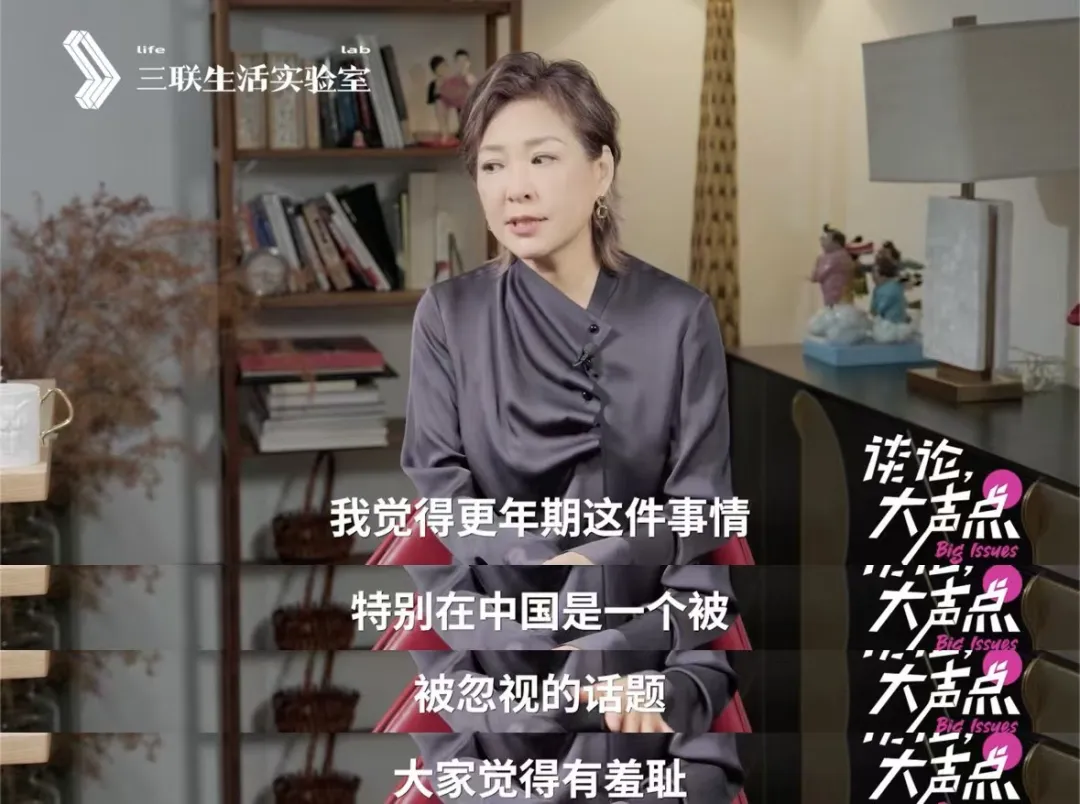
1.3 The Global Impact
Studies show 40–80% of women experience menopausal symptoms, yet fewer than 10% seek medical help. In China, for example, 42.7% of women lack basic knowledge about menopause, and treatment rates lag behind Western countries.
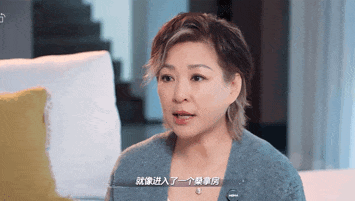
2. The Hidden Struggles of Menopausal Women
2.1 Physical and Emotional Toll
Menopause isn’t just “mood swings.” It involves systemic changes:
- Short-term symptoms: Irregular periods, hot flashes (lasting 1–5 years), insomnia, and dizziness.
- Long-term risks: Osteoporosis (50% of women over 50), cardiovascular disease, and Alzheimer’s (linked to estrogen decline).
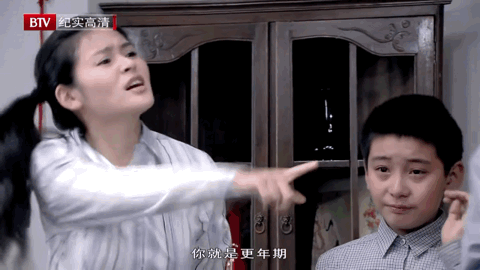
2.2 Societal Stigma and Neglect
Cultural stereotypes often dismiss menopausal women as “irrational” or “hysterical.” This stigma silences sufferers and delays treatment. For instance:
- A 2010 survey found 30% of menopausal women experience depression, yet many endure it in isolation.
- Online forums reveal stories of mothers suffering silently, with families unaware of their struggles.
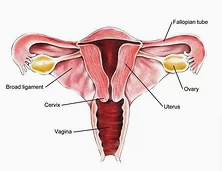
3. Supporting Women Through Menopause
3.1 Raising Awareness and Empathy
Key steps:
- Education: Normalize conversations about menopause in families, workplaces, and media.
- Medical advocacy: Encourage women to seek help for symptoms like abnormal bleeding or bone pain.

3.2 Lifestyle Adjustments
- Diet: Increase calcium, vitamin D, and protein intake; reduce sugar and processed foods.
- Exercise: Weight-bearing activities (e.g., walking) to strengthen bones and improve mood.
- Sleep hygiene: Manage insomnia with relaxation techniques or short-term sleep aids.

3.3 Medical Interventions
3.3.1 Non-Hormonal Treatments
- SSRIs (e.g., fluoxetine): Reduce hot flashes and mood disorders.
- Calcium and vitamin D: Combat osteoporosis.
- Cognitive-behavioral therapy (CBT): Address anxiety and depression.
3.3.2 Hormone Replacement Therapy (HRT)
HRT (or MHT) effectively alleviates symptoms but requires careful evaluation:
- Benefits: Relieves hot flashes, prevents bone loss, and reduces heart disease risk in early users.
- Risks: Not suitable for women with a history of breast cancer, blood clots, or liver disease.
- Guidelines: Start within 10 years of menopause onset for maximum benefit.
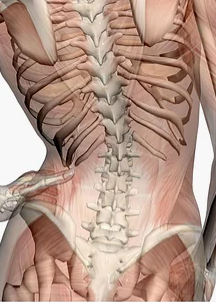
4. A Call for Societal Change
4.1 Challenging Stereotypes
Media and healthcare systems must move beyond outdated portrayals of menopause. For example:
- Highlight stories of women thriving post-menopause.
- Train doctors to address menopause holistically, not dismissively.
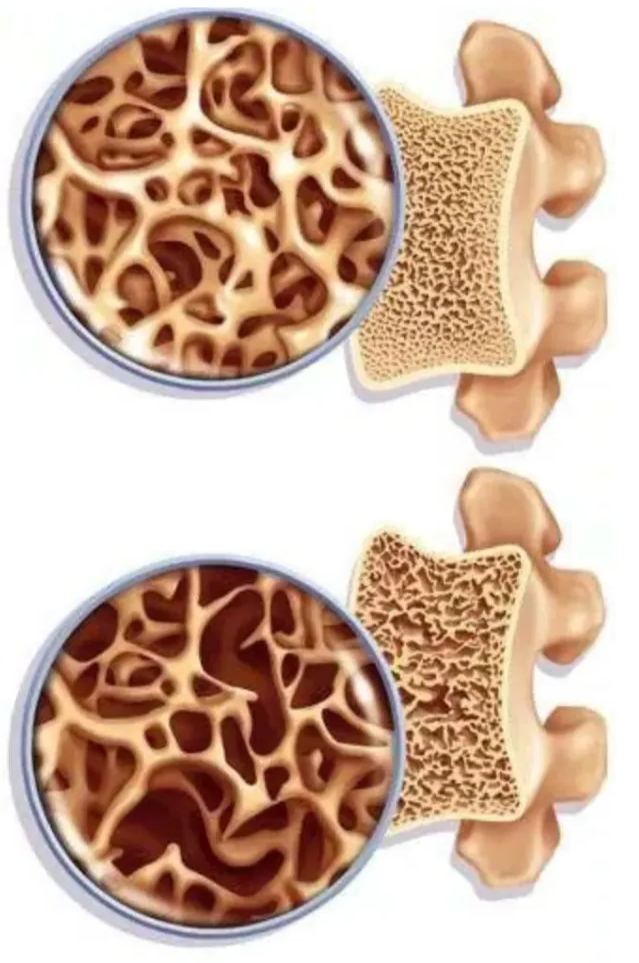
4.2 Policy and Workplace Support
- Flexible work arrangements: Accommodate women managing symptoms.
- Health screenings: Offer free bone density tests and cardiovascular checkups.

Conclusion
Menopause is not a flaw but a natural transition. By fostering understanding, improving healthcare access, and dismantling stigma, we can empower women to navigate this phase with dignity. Let’s reframe menopause as a milestone of resilience—one that deserves compassion and support.
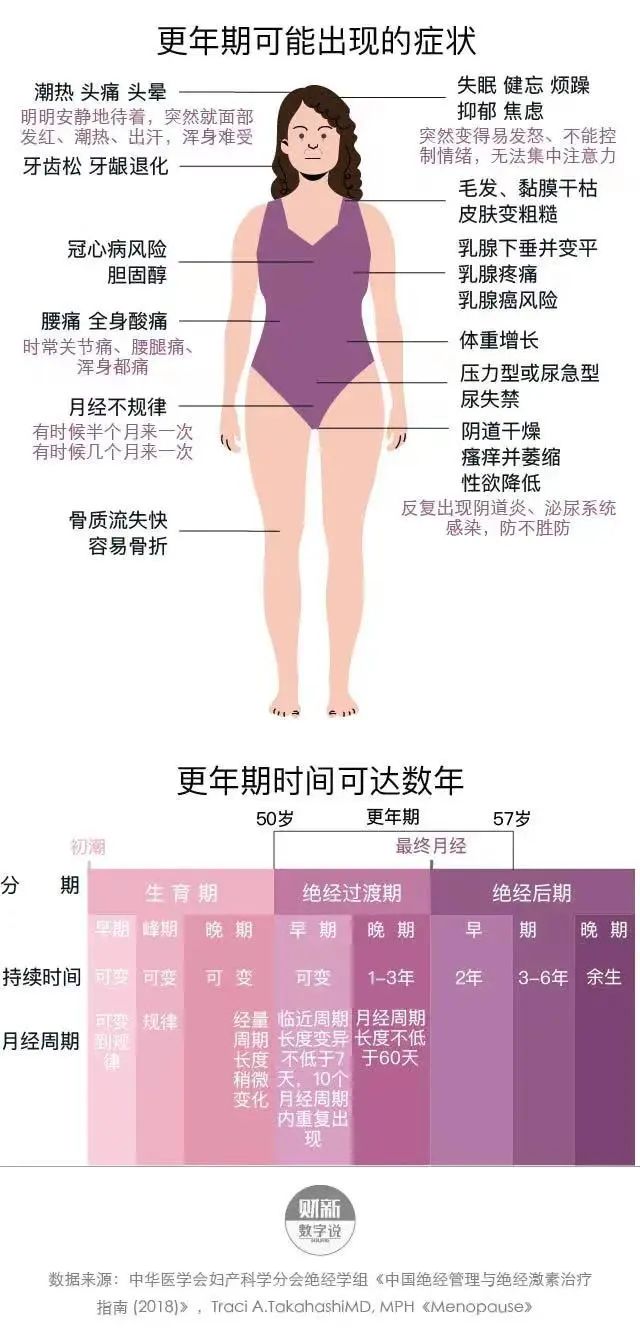
References: Insights synthesized from medical guidelines, patient surveys, and global health reports.
